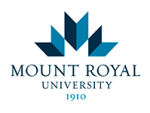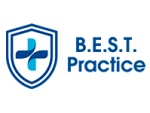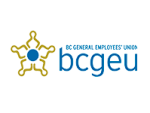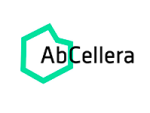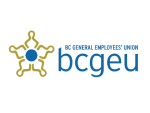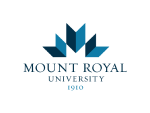Get The Support You Need
Connect with us the way you feel most comfortable.
We’re Here to Help
FAQ’s
1.Gather the necessary equipment, including gloves, masks, alcohol-based hand sanitizer and COVID-19 test kits.
2.Take a moment to explain the test to the person being tested by telling them how the test works, how long it will take and any additional instructions they may need to follow.
3.Follow proper infection control procedures by washing your hands with soap and water for at least 20 seconds or use alcohol-based hand sanitizer. Put on your personal protective equipment (PPE) such as gloves and a mask.
4.Perform the test by following the instructions provided. You’ll need to perform a shallow swab collection in the naval cavity before mixing with the buffer liquid in the tube.
5.The final step is to interpret the results of the antigen test. You’ll need to add liquid drops from the tube onto the reader and wait at least 15 minutes for the results. Be sure to follow the instructions provided for more detailed directions.
Taking a COVID-19 antigen test is completely safe, even if you have been fully vaccinated. Although you’ve gotten the vaccine, you should still be taking an antigen test if you are planning to travel or if you have been exposed to someone with COVID-19. In these cases, COVID-19 testing is required in order to determine if you are currently infected and need to quarantine or isolate to prevent further spreading of the virus.
Make sure to avoid any large events or social gatherings and try not to visit any high-risk settings such as hospitals or senior living centers. You should also avoid close contact with any high-risk individuals such as those with compromised immune systems and chronic health conditions. If you want to learn more, Rapid Test & Trace Canada has some helpful resources when it comes to what you should do if you test positive for COVID in Canada.











